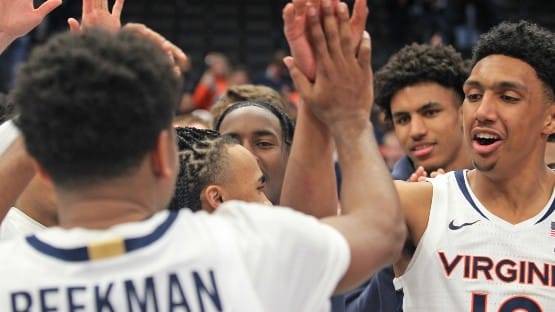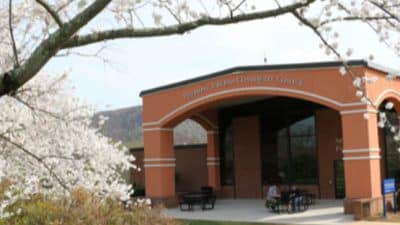
Leaders with the Institute for Critical Technology and Applied Science and Outreach and International Affairs and the Chilean delegation will be hosted by the Chilean ambassador at the Chilean Embassy in Washington, D.C., today. The delegation will visit the Institute for Critical Technology and Applied Science in Blacksburg on Thursday.
The two universities hope to leverage their combined expertise and resources to address societal challenges.
Researchers will target earthquake resilience, sustainable energy, and antibiotic resistance. Earthquakes are at the epicenter of a collaborative project dedicated to helping cities better predict — and, ultimately, survive — their ravages.
Chile has the dubious distinction of being the site of the most severe earthquake ever recorded — a magnitude 9.5 on May 22,1960.
“Of all the problems that civil engineers have to deal with, probably the most challenging are earthquakes,” said Adrian Rodriguez-Marek, a professor of civil and environmental engineering in the College of Engineering, “because they are very difficult to predict. There are so many unknowns.”
Rodriguez-Marek will lead the Virginia Tech research team on the earthquake project, along with Guney Olgun, also a professor of civil and environmental engineering.
They will collaborate with Galo Valdebenito, a professor of seismic and structural dynamics and associate dean of engineering at Austral University.
Earthquakes in Chile are frequent and severe because Chile lies directly above a “subduction zone,” a seam in the Earth where one tectonic plate rams itself under its neighbor, creating massive forces that shudder to the surface to rip up buildings, bridges, and highways.
Man-made structures are primarily designed to withstand the downward pull of gravity, not the horizontal forces that come from slabs of rock slamming into each other.
When thinking about how to minimize earthquake damage, Rodriguez-Marek said, “The most important piece of the equation is to predict how much shaking there will be.”
With that information, structural engineers can design a building that will withstand those lateral forces, or one that can deform without endangering the people inside it — like a car whose trunk crumples in a rear-end collision, protecting the passengers in the cab.
But predicting how much shaking an earthquake will cause is tricky.
Civil engineers like Olgun and Rodriguez-Marek can use past data to make predictions about how much force an earthquake will exert on the structures above it, but, “The only way you can really test that prediction is with the next earthquake,” Rodriguez-Marek said.
In Chile, that next earthquake isn’t likely to be far away.
Another Virginia Tech-Austral University team will focus on one of earthquakes’ few fringe benefits: they constantly churn up the soil, revealing a rich microbiome that could offer new weapons in the fight against drug-resistant bacteria.
A third project will focus on mitigating the loud, low-frequency noise produced by wind turbines that has been a major obstacle to broader adoption of wind energy.
Chile’s massive salmon industry will provide the raw materials for the fourth collaborative project: harvesting renewable energy from salmon waste.
Rodriguez-Marek, who has already hosted an Austral undergraduate student in his lab, said that scientists are always eager for collaboration because whenever you bring two research groups together, you “get more than the sum of the parts.”
Roop Mahajan, the Lewis A. Hester Chair in Engineering and the director of the Institute for Critical Technology and Applied Science, said that the collaborations represent “a tremendous opportunity,” and hopes that they will form the basis for long-standing cooperation between the two universities.
“These projects bring together researchers from different countries to solve challenging problems at the intersection of different disciplines and strengthen quality of life for people all over the world,” Mahajan said.
The Institute for Critical Technology and Applied Science, Outreach and International Affairs, and Austral University have provided seed funding and administrative support for these projects.
“We expect this relationship to be productive for many years to come,” said Guru Ghosh, vice president for outreach and international affairs. “It is our mission to share the best of Virginia Tech by working side by side with communities throughout the world.”
The effort will extend a long-standing collaboration between the Virginia-Maryland College of Veterinary Medicine and Austral University.
A premier Research Institute of Virginia Tech, the Institute for Critical Technology and Applied Science ensures a sustainable future by advancing transformative, interdisciplinary research at the intersections of engineering, the humanities, and the physical, life, and social sciences.










